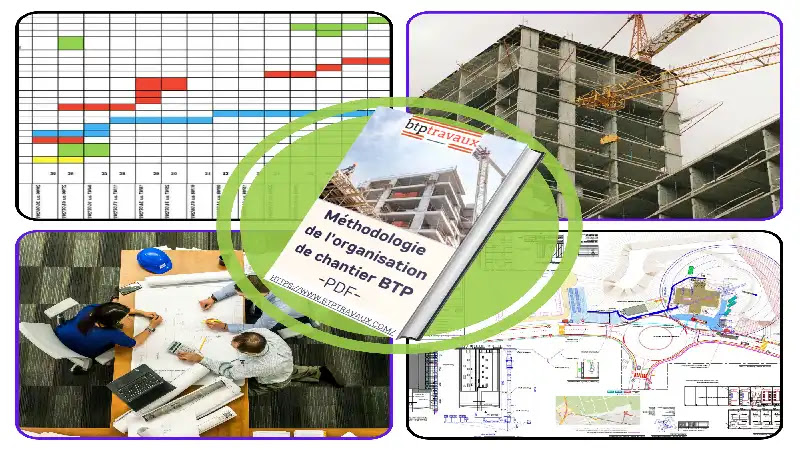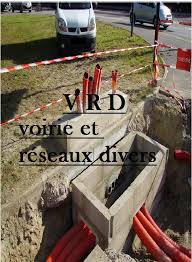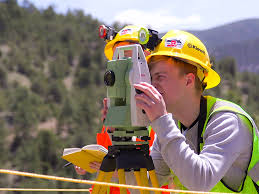L'organisation de chantiers est un processus clé permettant de planifier, coordonner, gérer et contrôler les opérations de l’exécution du projet de construction dans les meilleures conditions possibles de travail afin d'assurer le bon déroulement des travaux en respectant les délais, minimisant les coûts et garantissant la qualité requise ainsi que la sécurité sur le site des travaux, tout ceci, dans un climat socialement favorable en vue d'une meilleure productivité favorisant la réussite du Projet.
L'organisation de chantiers vise à créer un environnement favorable tant pour les travailleurs que pour le matériel, afin d'optimiser la productivité.
Ce cours est
spécialement conçu pour les étudiants L3 en génie civil sensés
acquérir des connaissances théoriques et pratiques indispensables pour la
maîtrise des problèmes d'organisation et de planification de travaux
dans la construction.

- TeachPlus: Youcef YOUB
The "Construction Materials" course is an essential part of the civil engineering curriculum designed to provide students with a comprehensive understanding of key materials used in construction. The course is structured into four chapters, each focusing on a specific category of materials and their properties, applications, and methods of testing.
- Concrete: This section covers the definition, classification, and physical/mechanical properties of concrete. It also introduces mix designs, additives and admixtures, and tests on both fresh and hardened concrete. Students will gain insight into advanced concrete types and their uses in modern construction.
- Ceramic Products: This chapter focuses on the classification, raw materials, and production processes of ceramic materials such as bricks, tiles, and sanitary ceramics. It explores the role of ceramics in various construction applications.
- Ferrous and Non-Ferrous Metals: Students will learn about the physical, chemical, and mechanical properties of metals, with a focus on steel classification and methods of corrosion protection for ferrous metals.
- Glass: The course concludes with a study of glass, its manufacturing processes, properties, and applications in construction.
By the end of this course, students will have acquired the foundational knowledge needed to analyze and select materials for civil engineering projects, ensuring their suitability and performance in diverse construction applications.

- TeachPlus: Mohammed Salah BOUGLADA
Les VRD englobent les
travaux liés à la voirie et aux divers réseaux nécessaires
à la mise en œuvre des projets d’aménagement urbain et de génie civil. Ce terme
est utilisé au pluriel car il englobe diverses missions.
Il peut s’agir, par exemple, de la viabilisation de terrains privés, de la réalisation des voies d’accès, mais également de travaux publics entrepris par les collectivités.
Le terme VRD sert également à désigner les travaux d’alimentation en eau, en gaz ou en électricité, sans oublier ceux destinés à l’évacuation.Enfin, les travaux de VRD permettent également d’embellir un environnement urbain ou rural grâce à la réfection des trottoirs par exemple.
Les VRD dépendent donc des besoins de la population, et peuvent aussi bien concerner la création d’un lotissement, d’une zone commerciale, un espace public ou encore une zone d’activités.

- TeachPlus: ABDELHAFID BOUSSOUF
Ce cours permet aux étudiants à
1- se préparer à l'insertion professionnelle en fin d'études,
2- à développer les compétences entrepreneuriales chez les étudiants,
3- à sensibiliser les étudiants et les familiariser avec les possibilités, les défis, les procédures, les caractéristiques, les attitudes et les compétences que requiert l'entrepreneuriat.
4- à préparer les étudiants pour qu'ils puissent, un jour ou l'autre, créer leur propre entreprise ou, du moins, mieux comprendre leur travail dans une PME.

- TeachPlus: Mounir BOUDOUH
This course, designed for third-year undergraduate civil engineering students, is divided into two parts. The first part aims to familiarize students with the technical and technological aspects of construction operations. The second part introduces students to the fundamental concepts of various regulations applied in the design of civil and industrial constructions.

- TeachPlus: Assma BENBOUZA
La topographie est la science et l'art qui a pour objet d’établir le carte et les plans des formes et détails visibles sur le terrain, qu'ils soient naturels (notamment le relief) ou artificiels (comme les bâtiments, les routes, etc.). Son objectif est de déterminer la position planimétrique et altimétrique de n'importe qu'el point situé dans une zone donnée, qu'elle soit de la taille d'un continent, d'un pays , d'un champ ou d'un corps de rue.
C’est la science qui permet l’exécution, le contrôle et l’exploitation des observations concernant la position et l'altitude , les dimensions, la forme et l’identification des éléments concrets, fixes et durables, existant à la surface du sol à un moment donné ; elle fait appel à l’électronique, à l’informatique et aux constellations de satellites.

- TeachPlus: Tarek MANSOURI
Dans cette matière on enseigne aux étudiants les bases fondamentales de l'hydraulique, le calcul des forces de pression hydrostatique, les équations fondamentales de l'écoulement, l'évaluation des pertes de charge et l'initiation aux calculs des réseaux.

- TeachPlus: Mounir BOUDOUH